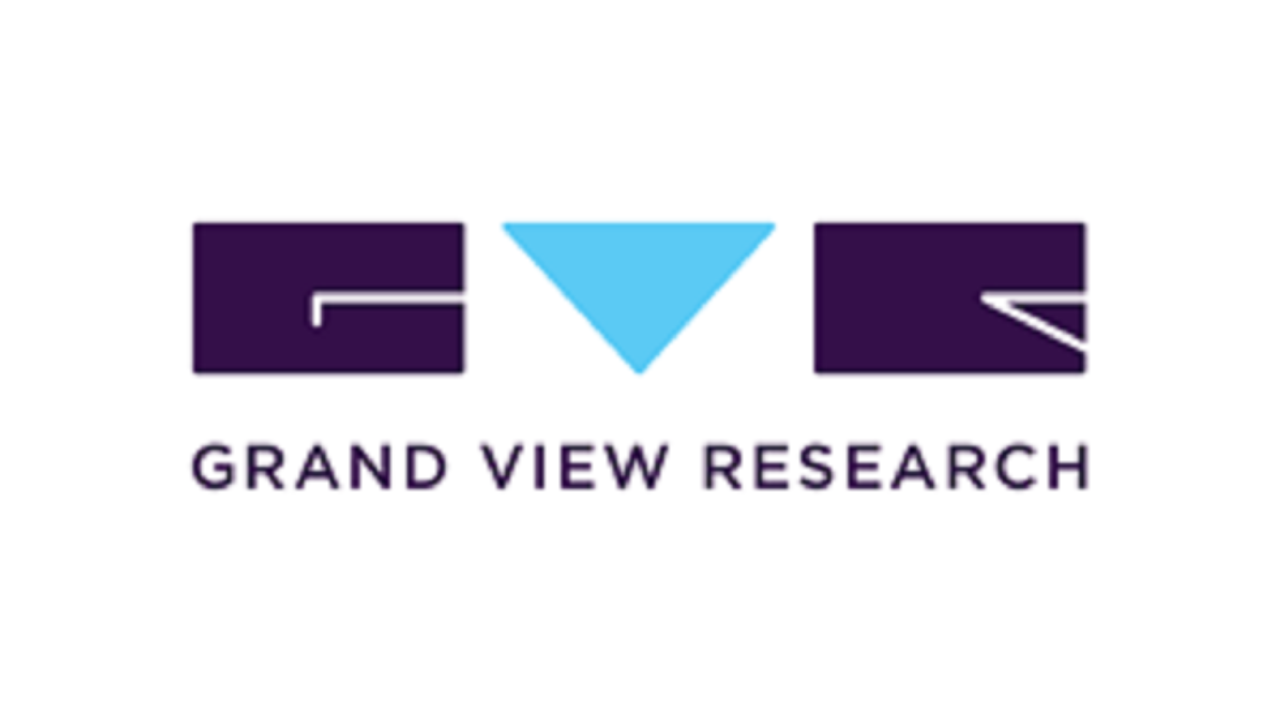Food Packaging Market: Growth and Strategic Outlook

The global food packaging market was valued at USD 400.29 billion in 2024 and is projected to grow at a compound annual growth rate (CAGR) of 5.9% from 2025 to 2030. This growth is primarily driven by the surge in online grocery shopping, meal kit subscriptions, and food delivery services, all of which have created a demand for more durable and temperature-controlled food packaging solutions. Moreover, the rise in urban populations and the expansion of the middle-class segment worldwide have contributed to an increased consumption of processed and packaged foods, further boosting the market’s growth.
Urbanization and changing lifestyles have had a profound impact on food packaging needs, especially in emerging countries. As more people move to urban areas and adopt busy lifestyles, the demand for convenient, on-the-go packaging solutions has surged. Examples of this trend include the growth of portion-controlled snack packs, microwaveable containers, and ready-to-eat meal packaging, all of which have seen significant increases in recent years.
Sustainability has become a major driver of change in the food packaging market, with both consumers and regulatory bodies pushing for eco-friendly packaging solutions. This has resulted in innovations in biodegradable materials, the reduction of plastic usage, and the design of recyclable packaging. For example, in November 2024, Greif, a U.S.-based packaging company, introduced a Coated Recycled Paperboard (CRB) specifically tailored for the food industry. This product stands out for its recyclable and recycled properties, supporting Greif's commitment to sustainability and the circular economy. Additionally, the rise of plant-based materials such as polylactic acid (PLA) and mushroom-based packaging highlights the industry’s growing shift toward more environmentally responsible solutions.
Food safety and preservation continue to drive technological advancements in food packaging. Technologies like Modified Atmosphere Packaging (MAP) and active packaging help extend the shelf life of food products while maintaining their quality. Additionally, smart packaging technologies, which include indicators for freshness, temperature, and tampering, are gaining popularity as consumers and manufacturers seek to ensure the integrity of food products.
The growth of e-commerce has also revolutionized the food packaging market, a trend that was accelerated by recent global events. This shift has led to the development of innovative packaging designs focused on durability during shipping, temperature control, and improved unboxing experiences. For instance, Amazon's frustration-free packaging program has inspired many food manufacturers to redesign their packaging specifically for online retail. Additionally, the rise of meal kit delivery services, such as HelloFresh, has created a need for specialized packaging solutions. These solutions are designed to ensure that ingredients are delivered fresh while also minimizing environmental impact through techniques like portion control and the use of recyclable materials.
Get a preview of the latest developments in the Food Packaging Market? Download your FREE sample PDF copy today and explore key data and trends.
Frequently Asked Questions (FAQ) – Global Food Packaging Market
1. What is the projected size of the global food packaging market by 2030?
The global food packaging market is projected to reach USD 400.29 billion by 2030.
2. What is the expected growth rate of the food packaging market from 2025 to 2030?
The market is expected to grow at a compound annual growth rate (CAGR) of 5.9% from 2025 to 2030.
3. What factors are driving the growth of the food packaging market?
Key factors driving market growth include:
• The increase in online grocery shopping, meal kit subscriptions, and food delivery services.
• Growth in urban populations and the expansion of the middle-class segment globally.
• Rising consumption of processed and packaged foods.
4. How has urbanization impacted the demand for food packaging solutions?
As urban populations grow and lifestyles become busier, the demand for convenient, on-the-go packaging solutions has increased. Examples include portion-controlled snack packs, microwaveable containers, and ready-to-eat meals, which are growing rapidly in popularity.
5. How is sustainability influencing the food packaging market?
Sustainability has become a major driver, with consumers and governments pushing for more eco-friendly packaging. This has led to innovations in biodegradable materials, recyclable packaging, and the reduction of plastic usage. Notable examples include the introduction of Coated Recycled Paperboard (CRB) by Greif and the use of plant-based materials like polylactic acid (PLA).
6. What technologies are influencing the food packaging market?
Advancements in packaging technologies like Modified Atmosphere Packaging (MAP) and active packaging are helping extend shelf life while maintaining food quality. Additionally, smart packaging technologies with features like freshness indicators, temperature sensors, and tamper-evident packaging are gaining traction.
7. How has the growth of e-commerce impacted food packaging needs?
The growth of e-commerce, accelerated by recent global events, has revolutionized food packaging. This includes a focus on durability for shipping, temperature control, and enhancing the unboxing experience. Programs like Amazon's frustration-free packaging have influenced manufacturers to redesign packaging for online retail. Meal kit services, such as HelloFresh, also require specialized packaging solutions that ensure fresh ingredient delivery and minimize environmental impact.
8. What are some examples of sustainable packaging innovations?
Innovations like biodegradable materials, reduced plastic use, and recyclable packaging designs are gaining popularity. One significant advancement is the introduction of Coated Recycled Paperboard (CRB) by Greif, a company that aims to provide sustainable packaging solutions in line with circular economy principles. Additionally, plant-based packaging materials such as polylactic acid (PLA) and mushroom-based materials are being developed for greater sustainability.
Order a free sample PDF of the Food Packaging Market Intelligence Study, published by Grand View Research.
- Art
- Causes
- Crafts
- Dance
- Drinks
- Film
- Fitness
- Food
- Spiele
- Gardening
- Health
- Startseite
- Literature
- Musik
- Networking
- Andere
- Party
- Religion
- Shopping
- Sports
- Theater
- Wellness


